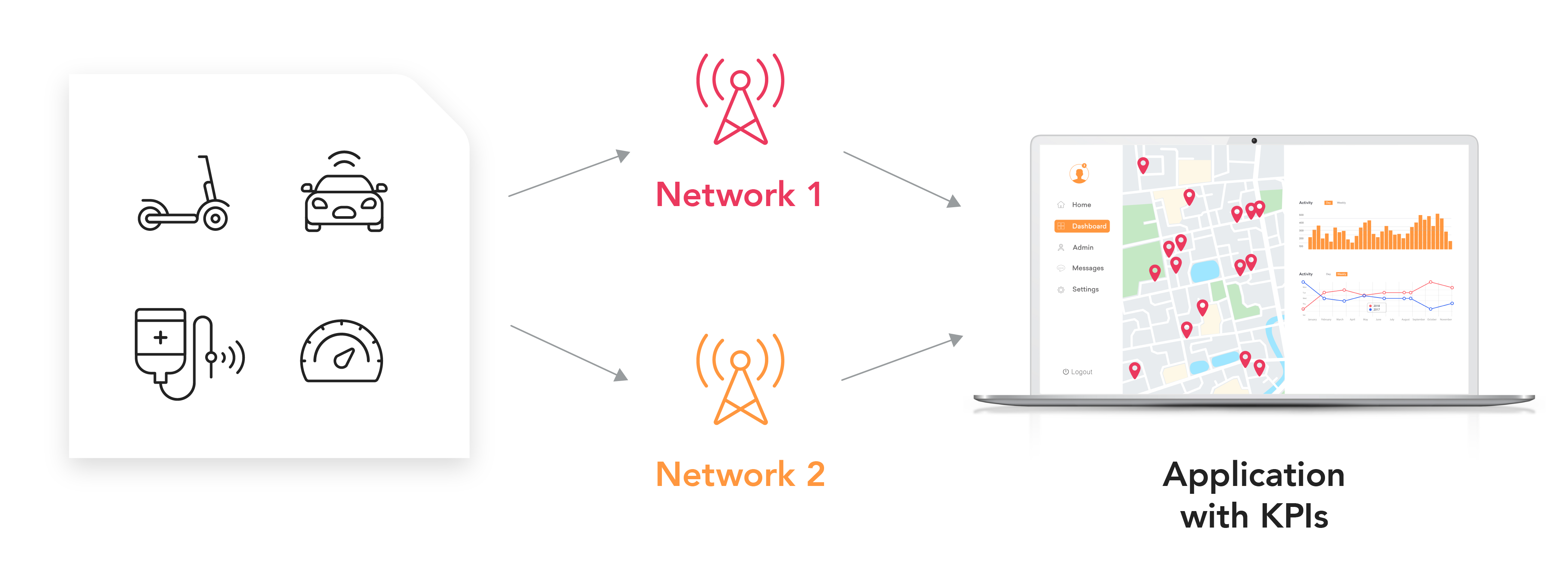Exactly How to Deal With Redundancy Pay If Company Goes Bust: Secret Details for UK Workers
Exactly How to Deal With Redundancy Pay If Company Goes Bust: Secret Details for UK Workers
Blog Article
Discovering the Operational Dynamics of Company Redundancy and Its Long-Term Sustainability

Redundancy Methods for Company Connection
In order to ensure undisturbed operations, businesses should carry out effective redundancy methods for organization continuity. Redundancy in this context refers to the duplication of critical components or functions within a system to alleviate the effect of possible failures. By incorporating redundancy methods, companies can improve their resilience against disruptions triggered by different aspects such as all-natural catastrophes, devices failings, or cyber-attacks.
One typical redundancy strategy is the execution of back-up systems and information storage space solutions. This involves creating duplicates of necessary data and systems that can be triggered in situation of a main system failure. Furthermore, organizations can develop redundant communication channels and power resources to keep connection and procedures during unpredicted occasions.
Furthermore, cross-training workers to execute numerous duties within the business can serve as a valuable redundancy strategy. This makes certain that important tasks can still be performed also if crucial personnel are unavailable due to illness or various other reasons. In general, efficient redundancy methods are necessary for organizations to copyright functional continuity and minimize the influence of possible disturbances.
Influence of Redundancy on Organizational Strength
Offered the vital role redundancy approaches play in ensuring company connection, discovering the effect of redundancy on organizational durability becomes vital for understanding the all natural functional characteristics of a firm. Business resilience refers to an entity's capability to adapt to disruptions, recoup from troubles, and change when required while maintaining core features. Redundancy, when strategically implemented, can significantly contribute to boosting an organization's durability when faced with unexpected obstacles. By having back-up systems, personnel, or procedures in place, firms can much better stand up to shocks and proceed procedures with very little disturbance.
Additionally, redundancy can foster innovation and creative thinking within an organization as employees really feel encouraged to take calculated risks, recognizing that there is a security net to sustain them in situation of failure. Overall, the impact of redundancy on organizational resilience is extensive, forming the long-lasting sustainability and success of a company.
Stabilizing Effectiveness and Flexibility in Redundancy
Attaining an unified balance between operational performance and adaptive versatility is an essential obstacle in the strategic implementation of redundancy within organizations. Efficient operations are essential for maintaining performance and cost-effectiveness, guaranteeing that sources are made use of efficiently. Nevertheless, excessive focus on performance alone can result in rigidness, making it tough for organizations to adjust to unanticipated changes or obstacles. On the various other hand, versatility allows organizations to react nimbly to progressing situations, fostering development and strength. Yet, excessive adaptability without a strong functional structure can result in ineffectiveness and variance.
To stabilize effectiveness and flexibility in redundancy planning, organizations should very carefully examine their functional requirements, market characteristics, and strategic objectives. Carrying out lean methods can enhance efficiency by eliminating and enhancing procedures waste, while fostering a society of versatility and constant enhancement can increase versatility. Additionally, spending in cross-training programs and durable communication channels can aid grow a flexible labor force with the ability of managing varied jobs during periods of transition. Eventually, finding the best stability between efficiency and flexibility is important for constructing a durable and lasting organization in the face of uncertainty.
Long-Term Sustainability Via Redundancy Planning
To make sure long-lasting practicality and stability, companies must purposefully align their redundancy planning with long-lasting sustainability goals, thereby harmonizing operational effectiveness with flexible versatility. Long-term sustainability via redundancy planning includes more than simply short-term cost-cutting steps. It requires an extensive tactical approach that expects future obstacles and opportunities. Business must see redundancy not as a reactive service to immediate troubles however as an aggressive method for long-term success. By incorporating redundancy planning with sustainability purposes, companies can create a resilient framework that can hold up against numerous market changes and internal adjustments.

Positive Steps for Lasting Company Workflow
Exactly how can business proactively improve their operational sustainability for long-term success? Executing aggressive actions is essential for firms intending to ensure sustainable operations.
Additionally, fostering a society of continual renovation and learning within the company can improve adaptability to changing market problems and customer needs. Motivating employee participation in decision-making procedures and offering chances for professional growth can improve morale, efficiency, and general performance. Establishing clear more information objectives, keeping an eye on crucial performance indicators, and on a regular basis assessing progress are crucial components of positive sustainability management.
Working together with providers, consumers, and other stakeholders to advertise sustainable practices throughout the supply chain can develop a ripple impact of favorable impact - redundancy pay if company goes bust. By taking aggressive steps towards functional sustainability, companies can develop resilience, drive technology, and safeguard their long-lasting success in an ever-evolving business landscape
Final Thought

In the realm of business monitoring, the calculated deployment of firm redundancy stands as an essential yet elaborate technique that necessitates a fragile balance in between operational performance and long-term feasibility. By dissecting the operational dynamics that underpin firm redundancy and examining its look at this now more comprehensive ramifications for organizational durability and flexibility, a nuanced understanding of exactly how redundancy approaches can shape the future trajectory of a company begins to unravel.Provided the critical role redundancy strategies play in ensuring organization continuity, checking out the effect of redundancy on organizational durability becomes vital for recognizing the alternative operational characteristics of a company. Generally, the impact of redundancy on business durability is extensive, shaping the long-term sustainability and success of a business.
In final thought, understanding the operational dynamics of business redundancy is crucial for making sure long-lasting sustainability.
Report this page